How Robotics Became Relevant due to COVID-19 and why it has Become Essential to Teach in the Classroom
Given the recent COVID-19 pandemic and its effects on traditional educational institutions, the fields of formal education are headed for a systematic change. Robotics and artificial intelligence technologies can not only mitigate difficulties caused by the pandemic but also help build on their foundations.
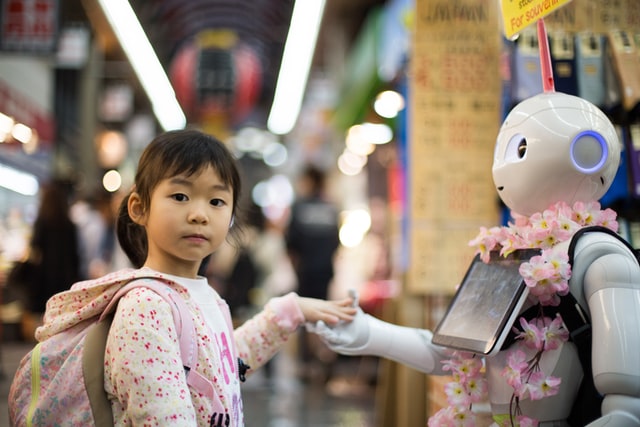 Photo by Andy Kelly on Unsplash
Photo by Andy Kelly on Unsplash
- 0 Comments
- Sep 9, 2020 10:00:00 AM
- Posted by Natalia Galvis
- Topics: STEM, Curriculum, teachers, Coding, students, Technology, Edchat, k12, teaching, coronavirus, online, covid19, lessons, eLearning
The pandemic classroom requires collaborative tech to thrive
COVID-19 has highlighted digital inequity—but collaborative tech and digital tools could help close the gap.
 Photo by J. Kelly Brito on Unsplash
Photo by J. Kelly Brito on Unsplash
- 0 Comments
- Sep 8, 2020 10:00:00 AM
- Posted by Natalia Galvis
- Topics: STEM, Curriculum, teachers, Coding, students, Technology, Edchat, k12, teaching, coronavirus, online, lessons, eLearning
Key trends in K12 robotics education
Robotics education is becoming increasingly commonplace in schools. This is largely due to the fact that students in K12 schools will graduate into a workforce that’s rife with technology, in an era where robots will become widely used in our everyday lives.
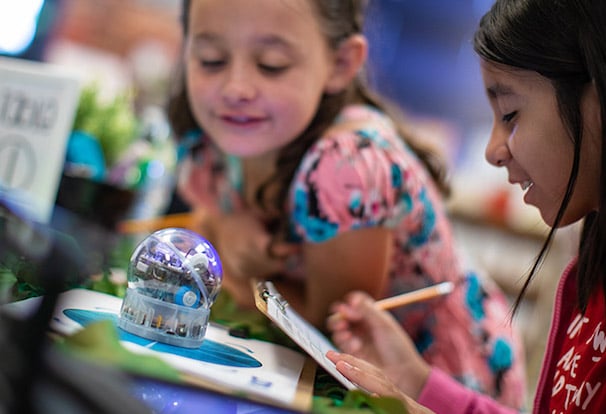
- 0 Comments
- Sep 4, 2020 10:00:00 AM
- Posted by Natalia Galvis
- Topics: STEM, Curriculum, teachers, Coding, students, Technology, Edchat, k12, teaching, coronavirus, online, lessons, eLearning
The Future Still Lies in Coding
Coding is enormous in education right now.
No wonder. Coding offers so many academic benefits that schools cannot ignore its significance. Sequential processes, computational thinking, and creative problem-solving all make up coding. It’s the new literacy in schools. There’s so much to like about coding that coding academies and boot camps are springing up everywhere.
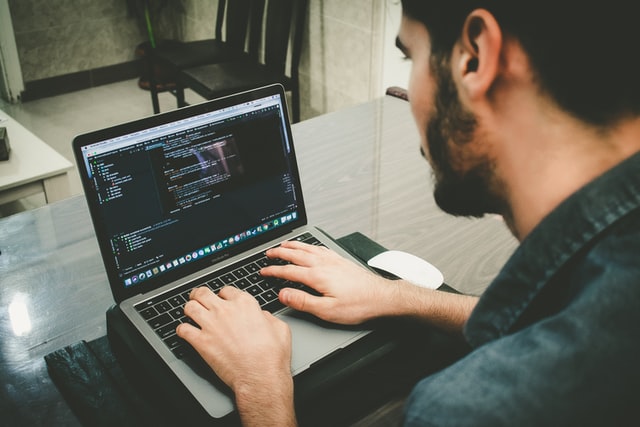 Photo by Danial RiCaRoS on Unsplash
Photo by Danial RiCaRoS on Unsplash
- 0 Comments
- Sep 3, 2020 10:00:00 AM
- Posted by Natalia Galvis
- Topics: STEM, Curriculum, Artificial Intelligence, teachers, Coding, students, Technology, Edchat, teaching, coronavirus, online, lessons, eLearning
Take this pandemic moment to improve education
With nearly 100% of education over the past months taking place online amid the coronavirus pandemic, plus what parents were doing to homeschool their kids, we all have been struggling, particularly those in low-income communities. Now is not the time to despair, however.
The disruption created by this pandemic presents an opportunity to imagine a different future for our kids, their families and their communities.
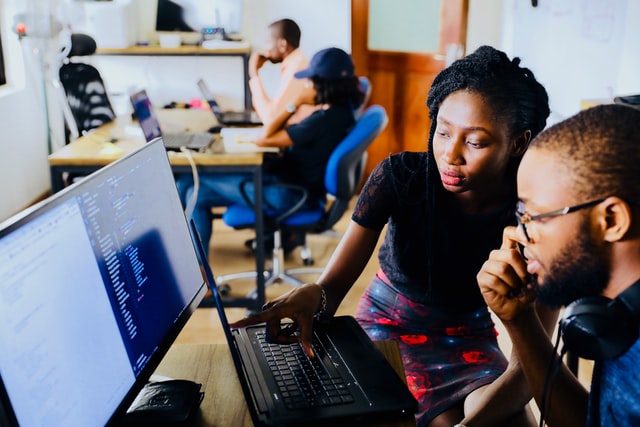 Photo by NESA by Makers on Unsplash
Photo by NESA by Makers on Unsplash
- 0 Comments
- Sep 2, 2020 10:00:00 AM
- Posted by Natalia Galvis
- Topics: STEM, Curriculum, Artificial Intelligence, teachers, students, Technology, Edchat, teaching, coronavirus, online, lessons, eLearning
How teachers are preparing for the next school year
 Photo by Javier Sierra on Unsplash
Photo by Javier Sierra on Unsplash
School in a post-coronavirus world will never be the same. Having no choice but to rely heavily on online learning to guarantee continuity of education in a society disrupted by the pandemic has taught lessons to more than just the students.
It is now time for teachers to reflect on the experience of socially distanced school and prepare for the upcoming year and the unique challenges it will present.
Going back to a new normal after such a defining historical event may feel a little like travelling without a road map, but teachers can at least take comfort in the three keywords they can use to orient themselves in this uncharted land: engagement, personalisation, interaction.
- 0 Comments
- Sep 1, 2020 10:00:00 AM
- Posted by Natalia Galvis
- Topics: STEM, Curriculum, Artificial Intelligence, teachers, students, Technology, Edchat, teaching, coronavirus, online, lessons, eLearning
A plan for teaching coding and robotics from home
Coding and robotics can be just as engaging when students learn from home-all it takes is a little planning and some creativity.
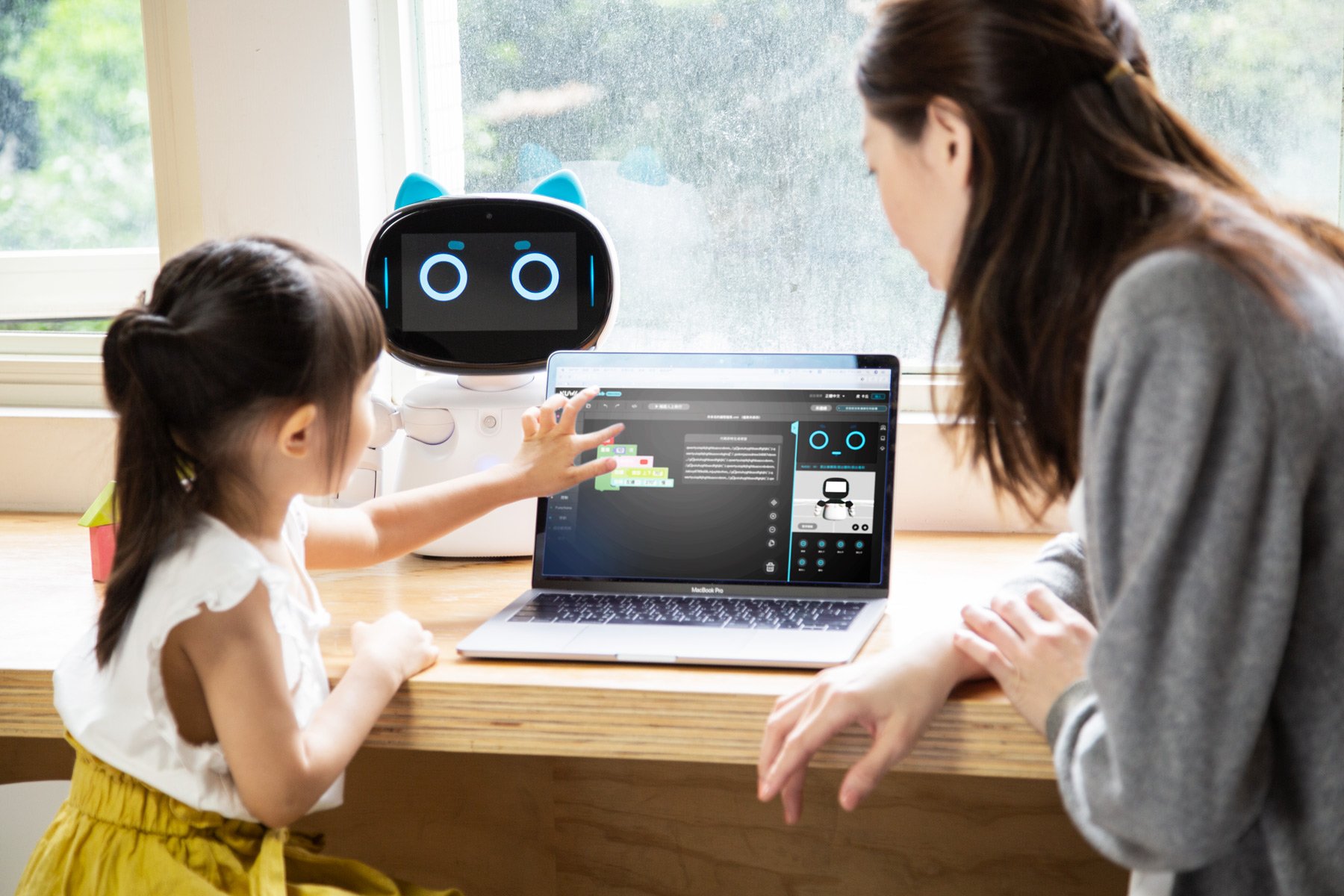
- 0 Comments
- Aug 31, 2020 10:00:00 AM
- Posted by Natalia Galvis
- Topics: STEM, Artificial Intelligence, students, Technology, Edchat, coronavirus, online, lessons
Embracing AI in The Education Sector
As AI grows in the education sector, its impact could be felt in student learning programs, websites and admissions programs.
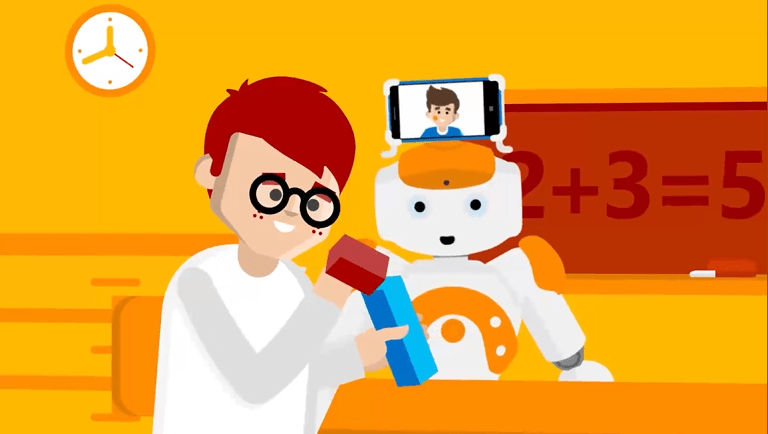
- 0 Comments
- Aug 28, 2020 10:00:00 AM
- Posted by Natalia Galvis
- Topics: STEM, Artificial Intelligence, students, Technology, Edchat, coronavirus, online, lessons
Here's the Technology That's Helping to Track COVID
![]()
In August, about half a year since the coronavirus pandemic first caused businesses, schools and banks to shut their doors, organizations around the country are tentatively reopening. Concerns remain, however, about how possible it will be to ensure that reopening is safe for students and consumers.
Safety measures like regular sanitizing and temperature-measurement checkpoints are two options organizations are using to keep operations safe. However, carriers without symptoms can spread the coronavirus — meaning temperature checks alone won't halt the virus. Because the virus can also spread via airborne droplets in enclosed indoor spaces, surface sanitizing also may not be enough.
One of the best ways to stop the spread of the virus is to identify who may have it and alert anyone who's come into contact with them — a strategy known as contact tracing. New tracking technology is making it possible for individual organizations to launch contact-tracing initiatives. This tech for tracking COVID may make reopening procedures and normal operations much safer for sectors like education, banking, and hospitality.
- 0 Comments
- Aug 27, 2020 10:00:00 AM
- Posted by Natalia Galvis
- Topics: STEM, students, Technology, Edchat, coronavirus, online, covid19, lessons
10 trends and predictions for STEM education
STEM education is headed for some interesting changes-and those trends and changes will impact classrooms across the nation.
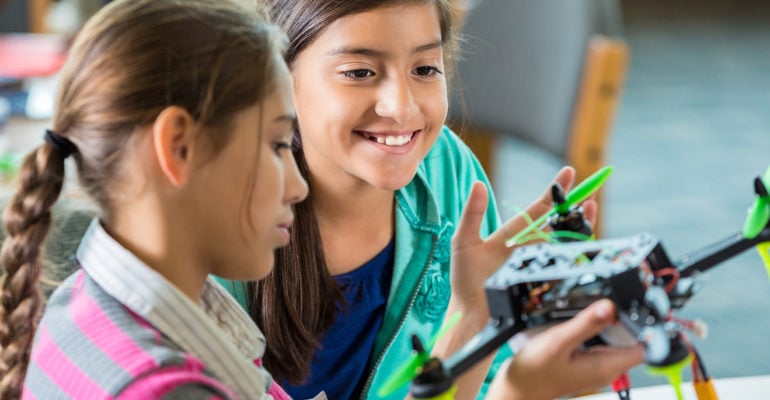
- 0 Comments
- Aug 26, 2020 10:00:00 AM
- Posted by Natalia Galvis
- Topics: STEM, students, Technology, Edchat, online, lessons, collaboration
Relevant Posts
Popular Posts
Subscribe to Email Updates
-
I Want To Learn MoreADDITIONAL INFORMATION


